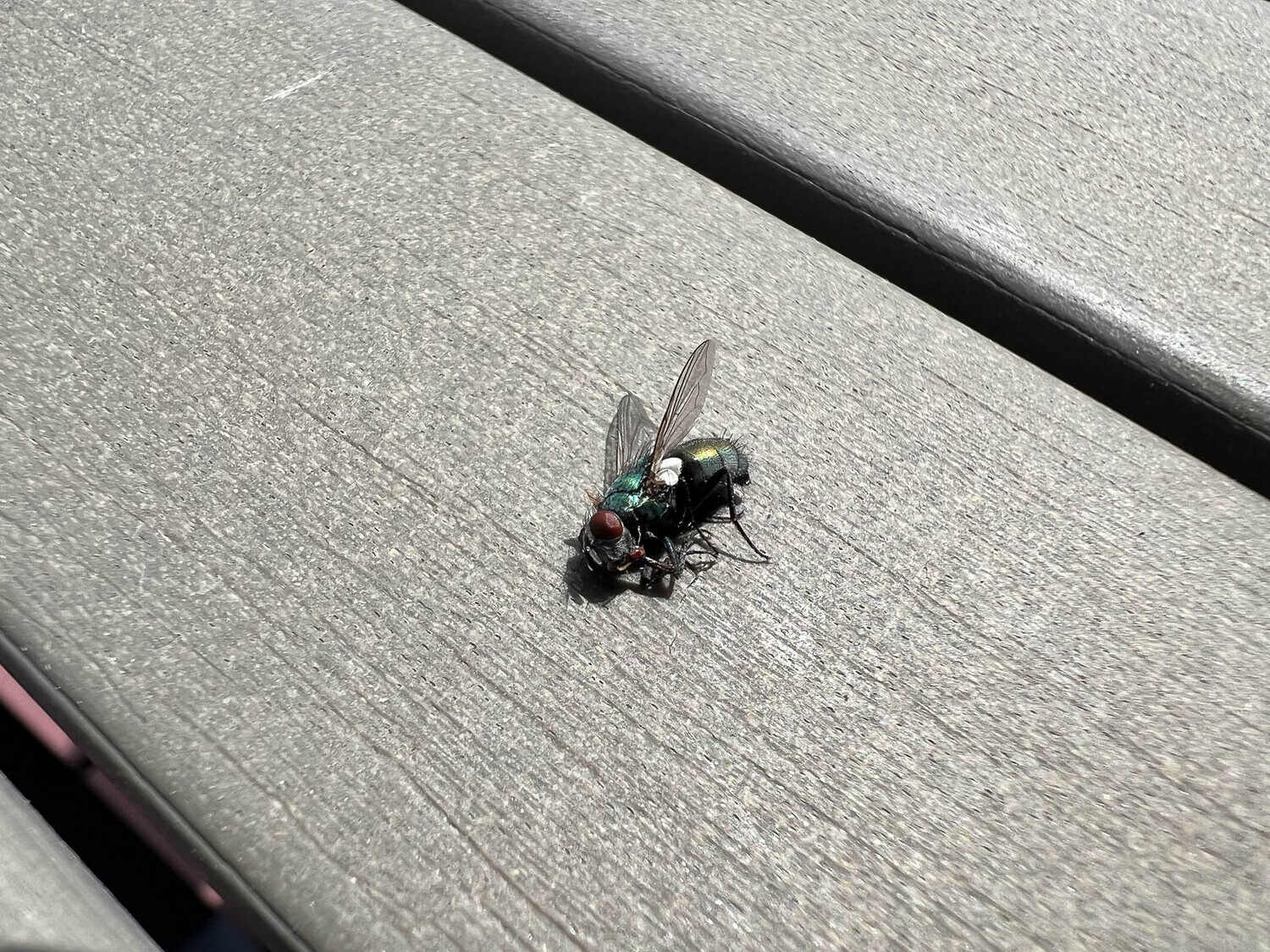

Articles
How To Get Rid Of Flies On Porch
Modified: January 8, 2024
Looking for effective ways to eliminate flies on your porch? Check out our informative articles for tips and tricks to keep your porch fly-free.
(Many of the links in this article redirect to a specific reviewed product. Your purchase of these products through affiliate links helps to generate commission for Storables.com, at no extra cost. Learn more)
Introduction
Welcome to the porch, the perfect place to relax, enjoy the outdoors, and soak up the sun. Unfortunately, flies seem to have a knack for crashing our peaceful outdoor sanctuary. They buzz around, bother us, and sometimes even find their way into our living spaces. But fear not, because in this article, we will explore effective methods to get rid of flies on your porch.
It’s important to first understand the root of the fly problem. Flies are attracted to the porch because it provides them with easy access to food and water sources. They are particularly drawn to sweet, decaying smells and waste. Flies also breed and lay eggs in these areas, which can lead to an infestation if not addressed.
To effectively combat the fly problem, it’s useful to familiarize yourself with the common fly species. Different types of flies have different habits and preferences. The most common flies found on porches include house flies, fruit flies, and blow flies. By identifying the specific species, you can tailor your approach to tackle the issue more effectively.
When it comes to dealing with flies on your porch, there are several natural remedies that you can try. One effective method is using essential oils. Flies are repelled by certain scents, such as lavender, peppermint, and eucalyptus. Simply dilute these oils with water and spray them around your porch to create a natural fly deterrent.
Homemade fly traps are another effective option. You can easily make your own traps using common household items like vinegar, sugar, and dish soap. These traps attract flies and effectively trap them, making it easier to get rid of them.
Adding fly-repellent plants to your porch can also help keep the pesky insects at bay. Plants like basil, lavender, and marigold are known for their natural fly-repelling properties. Place these plants strategically around your porch to create a fly-free zone.
Vinegar solutions can be a miracle worker when it comes to fly control. Mixing equal parts of vinegar and water in a spray bottle and targeting fly-infested areas can help repel and eliminate flies. The strong scent of vinegar is detested by flies and will make them think twice before invading your porch.
Another handy trick is to make a citrus peel spray. Simply steep citrus peels, such as lemon or orange, in boiling water for a few minutes. Strain the mixture and transfer it to a spray bottle. The strong citrus scent will deter flies from your porch and leave it smelling fresh.
While natural remedies can be effective, sometimes we need to rely on fly control methods and products to combat a serious fly problem. Electric fly swatters are a quick and efficient way to zap flies on contact. These handheld devices are battery-powered and deliver an electric shock to eliminate flies instantly.
Key Takeaways:
- Natural remedies like essential oils, homemade traps, and vinegar solutions offer effective and chemical-free ways to repel and eliminate flies from your porch, creating a more pleasant outdoor space.
- Incorporating preventive measures, such as proper waste management, regular cleaning, and sealing entry points, can significantly reduce the presence of flies on your porch, maintaining a clean and comfortable environment for you and your family.
Read more: How To Get Rid Of Outdoor Flies
Understanding the Fly Problem on your Porch
Before we dive into effective remedies and control methods, it’s crucial to understand the root causes of the fly problem on your porch. Flies are attracted to areas where they can find sources of food, water, and breeding grounds. Unfortunately, porches often provide all three of these elements for flies.
One primary reason flies are drawn to your porch is the presence of decaying organic matter. This can include leftover food, food waste in garbage cans, compost piles, or even pet waste. Flies are highly attracted to the sweet, rotting smells that emanate from such sources. They not only look for sustenance in these areas but also lay their eggs, leading to an increase in their population.
Moreover, flies are also attracted to moisture and stagnant water. Porches that have leaky faucets, puddles, or standing water from rain or sprinklers can become a haven for flies. They will use such areas to drink and breed, further aggravating the problem.
Additionally, flies are sensitive to temperature and sunlight. They are more active during the warmer months and are drawn to sunny areas. Porches that receive ample sunlight may attract more flies than shaded areas.
In order to effectively address the fly problem on your porch, it’s essential to identify the specific fly species that you are dealing with. The most common flies found on porches are house flies, fruit flies, and blow flies.
House flies, characterized by their gray color and four black stripes on their thorax, are attracted to decaying organic matter and are commonly found near garbage cans or food preparation areas. Fruit flies, on the other hand, are much smaller and are usually attracted to ripened fruits, vegetables, or fermented liquids.
Blow flies, also known as bottle flies, are metallic blue or green in color and are attracted to decaying animal carcasses or meat. Identifying the specific fly species will help you tailor your efforts to effectively control and eliminate them from your porch.
Knowing the contributing factors and identifying the specific fly species will allow you to take appropriate steps to address the fly problem on your porch. By implementing the right strategies and remedies, you can create a fly-free environment and enjoy your porch without the annoying buzz and intrusions of these pests.
Identifying the Common Fly Species
When it comes to dealing with flies on your porch, it’s important to be able to identify the common fly species that you may encounter. Different species of flies have different habits, preferences, and potential health risks. By understanding the characteristics of each species, you can develop a targeted approach to effectively control and eliminate them from your porch.
1. House Flies: These are the most common type of flies you’ll find on your porch. House flies are medium-sized insects, usually gray in color, with four dark stripes on their thorax. They are attracted to decaying organic matter such as rotting food, garbage, and manure. House flies can spread diseases like typhoid, cholera, and diarrhea, so it’s crucial to eliminate them from your porch.
2. Fruit Flies: Fruit flies are small, usually measuring about 1/8 inch in length. They have a tan or brownish body with red eyes. These flies are attracted to overripe and fermenting fruits, vegetables, and sugary substances. Fruit flies reproduce rapidly, and a small infestation can quickly turn into a big problem. They can also contaminate food with bacteria and fungi, so it’s important to get rid of them promptly.
3. Blow Flies: Also known as bottle flies, blow flies are metallic blue or green in color. They are slightly larger than house flies and have a shiny appearance. Blow flies are typically attracted to decaying animal carcasses, dead rodents, and rotting meat. While they may not pose immediate health risks, they can still carry bacteria and foul odors. It’s essential to eliminate blow flies to maintain a clean and pleasant porch environment.
4. Cluster Flies: Cluster flies are slightly larger than house flies and have a dark gray abdomen with golden hairs on their thorax. They are known for their habit of clustering in large numbers, often in attics and wall voids during colder months. Although they do not pose significant health risks, their presence can be a nuisance and an indicator of potential entry points in your home.
5. Stable Flies: Stable flies resemble house flies and are often mistaken for them. However, stable flies have a prominent proboscis (mouthpart) that they use to feed on livestock and other animals. They are known for their painful bites, which can cause discomfort to both humans and animals. Stable flies are typically found near farms, stables, and areas with livestock, but they can also be attracted to porches if there are animals in the surrounding vicinity.
By familiarizing yourself with the characteristics of these common fly species, you can better understand their behavior and the potential risks they pose. This knowledge will enable you to implement the most effective control methods and treatments to keep your porch fly-free and enjoyable.
Natural Remedies to Get Rid of Flies on Porch
When it comes to managing a fly infestation on your porch, natural remedies can be highly effective without the use of harsh chemicals. Here are some natural remedies you can try to get rid of flies:
1. Essential Oils: Flies are repelled by certain scents, making essential oils an excellent natural fly deterrent. Some of the most effective essential oils for repelling flies include lavender, peppermint, eucalyptus, and citronella. Dilute a few drops of the chosen essential oil with water in a spray bottle, and spritz the mixture around your porch. This will create an unpleasant scent for flies and help keep them away.
2. Homemade Fly Traps: Creating homemade fly traps is an easy and effective way to catch and eliminate flies. You can make a simple fly trap using common household items. One popular method involves mixing apple cider vinegar with a few drops of dish soap in a shallow dish. Cover the dish with plastic wrap and poke small holes in it. Flies will be attracted to the vinegar’s scent, but the soap will break the surface tension and cause them to drown in the liquid.
3. Fly-Repellent Plants: Certain plants have natural repellent properties that can help deter flies. Planting these fly-repellent plants around your porch can provide an extra line of defense. Some effective plants include basil, lavender, marigold, mint, and rosemary. These plants release scents that flies find unpleasant, helping to keep them away from your porch.
4. Vinegar Solution: Vinegar is a versatile ingredient that can be used in various ways to get rid of flies. Mix equal parts of white vinegar and water in a spray bottle and spray it around your porch, focusing on fly-infested areas. The strong smell of vinegar repels flies and discourages them from entering your porch. Additionally, you can also create vinegar fly traps by filling a jar with apple cider vinegar and adding a few drops of dish soap. Cover the jar with plastic wrap and poke small holes in it. The flies will be attracted to the vinegar and get trapped in the liquid.
5. Citrus Peel Spray: Flies are deterred by the strong scent of citrus fruits. To create a homemade citrus peel spray, boil citrus peels such as lemon, orange, or grapefruit in water for a few minutes. Strain the mixture, transfer it to a spray bottle, and spray it around your porch. The citrus scent will repel flies and leave a refreshing aroma.
Remember, natural remedies may take some time to show results, so be patient and consistent with their application. By using these natural methods, you can effectively reduce the presence of flies on your porch and create a more pleasant outdoor space for you and your family.
To get rid of flies on your porch, try using a mixture of water and apple cider vinegar in a shallow dish. The flies will be attracted to the vinegar and drown in the water. Refresh the mixture regularly for best results.
Fly Control Methods and Products to Consider
While natural remedies can be effective, sometimes a more direct approach is necessary to tackle a serious fly problem. Here are some fly control methods and products to consider for effectively eliminating flies from your porch:
1. Electric Fly Swatter: An electric fly swatter is a handheld device that delivers a high-voltage shock to flies upon contact. This quick and efficient method allows you to zap flies instantly, providing immediate relief from their presence on your porch. Electric fly swatters are battery-powered and have a grid of wires that electrocute flies when touched. They are a safe and effective way to eliminate flies without the need for harmful chemicals.
2. Fly Paper Strips: Fly paper strips are sticky traps that are specially designed to attract and capture flies. These strips are coated with a non-toxic adhesive that flies get stuck to when they come in contact with it. Hang the strips in your porch area where flies are commonly found. The flies will be attracted to the scent of the adhesive and become trapped. Fly paper strips are an affordable and straightforward method for controlling fly populations on your porch.
3. Insect Zappers: Insect zappers, also known as electric bug zappers, are devices that use UV light to attract flies and other flying insects. When the flies come into contact with the electrical grid, they are electrocuted and killed. These zappers are typically hung or placed in an area where flies are prevalent, and they work best at night when the UV light stands out more prominently. Insect zappers are effective for reducing fly populations in larger outdoor areas.
4. Fly Swatters: Fly swatters are simple yet effective tools for manually eliminating flies. They consist of a flat surface, usually made of plastic or wire mesh, attached to a handle. Using a fly swatter, you can quickly and easily swat flies in mid-air or on surfaces. Fly swatters are affordable, widely available, and offer a hands-on approach to fly control.
5. Bug Zapper Lanterns: Bug zapper lanterns combine the functionality of an insect zapper with the convenience of a lantern. These devices emit UV light to attract flies, mosquitoes, and other flying insects. Once the insects come into contact with the electrical grid, they are zapped and killed. Bug zapper lanterns are a versatile option as they not only help control flies but also provide ambient lighting for your porch.
When using fly control methods and products, it’s important to follow the manufacturer’s instructions and take appropriate safety precautions. Always use them in accordance with their intended purpose to ensure effective and safe fly elimination on your porch.
By incorporating these fly control methods and products into your fly management plan, you can more effectively combat fly infestations and maintain a fly-free environment on your porch.
Read more: How To Get Rid Of Flies On A Patio
Preventive Measures to Keep Flies Away from Your Porch
Prevention is key when it comes to keeping flies away from your porch. By implementing practical measures to deter flies from infesting your outdoor space, you can maintain a clean and comfortable environment for you and your family. Here are preventive measures to consider:
1. Proper Waste Management: Flies are attracted to decaying organic matter, such as food waste and garbage. Therefore, it’s essential to practice proper waste management to discourage their presence. Use tightly sealed garbage cans with lids and regularly empty them to prevent odors and potential breeding grounds for flies.
2. Cleaning and Sanitization: Regularly clean your porch area to remove any food spills or remnants that may attract flies. Wipe down surfaces, sweep away debris, and mop the floor regularly. Pay special attention to areas where flies may be attracted, such as outdoor pet feeding areas or dining spaces. Maintaining a clean and hygienic porch will significantly reduce the probability of flies being drawn to it.
3. Air Circulation and Fans: Flies are deterred by moving air, so incorporating fans or other forms of air circulation can help keep them away. Install ceiling fans or use portable fans on your porch to create a breeze. Flies find it more difficult to navigate in windy conditions, reducing their chances of settling on your porch.
4. Screening and Sealing: Use window and door screens to prevent flies from entering your porch. Ensure that all screens are in good condition and free from tears or holes that flies can easily penetrate. Additionally, seal any gaps or cracks around windows, doors, or other entry points where flies may find their way inside. By sealing off these potential entry points, you can minimize the chances of flies invading your porch.
5. Maintenance and Repairs: Regularly inspect your porch for any maintenance or repair needs. Check for damaged screens, loose floorboards, or cracks in the foundation that may provide entry points for flies. Promptly address any issues and make necessary repairs to ensure your porch remains fly-free.
By incorporating these preventive measures into your porch maintenance routine, you can significantly reduce the presence of flies and create a more enjoyable outdoor space. Consistency and diligence in implementing these measures will go a long way in keeping flies away from your porch.
Conclusion
Dealing with flies on your porch can be frustrating, but with the right strategies and preventive measures, you can create a fly-free environment and enjoy your outdoor space to the fullest. Whether you opt for natural remedies, fly control products, or preventive measures, a combination of approaches will yield the best results.
Understanding the fly problem on your porch is the first step in effectively addressing it. Identifying the common fly species and their preferences will allow you to tailor your approach and target the flies specifically. From house flies to fruit flies and blow flies, knowing their habits and behaviors will guide you towards the most appropriate control methods.
Natural remedies, such as using essential oils, creating homemade fly traps, and planting fly-repellent plants, can be highly effective in deterring flies from your porch. These natural solutions not only help keep flies at bay but also minimize exposure to harmful chemicals. Additionally, vinegar solutions and citrus peel sprays provide natural yet powerful options to repel and eliminate flies from your porch.
For more serious fly problems, there are various fly control methods and products to consider. Electric fly swatters, fly paper strips, insect zappers, fly swatters, and bug zapper lanterns offer effective ways to eliminate flies quickly and efficiently. These products provide a more direct approach and can be particularly useful when dealing with larger fly infestations.
Prevention is key when it comes to flies. By implementing preventive measures such as proper waste management, regular cleaning and sanitization, maintaining good air circulation, screening and sealing your porch, and performing necessary maintenance and repairs, you can deter flies from infesting your outdoor space in the first place. These preventive measures are essential for long-term fly control.
In conclusion, by combining natural remedies, fly control methods, and preventive measures, you can successfully keep flies away from your porch. Regular maintenance, cleanliness, and awareness of potential fly attractants will help create a fly-free environment where you can relax and enjoy your porch without the annoyance of buzzing pests. Remember to be consistent, patient, and adaptable in your approach, and soon your porch will be a sanctuary free from flies.
Frequently Asked Questions about How To Get Rid Of Flies On Porch
Was this page helpful?
At Storables.com, we guarantee accurate and reliable information. Our content, validated by Expert Board Contributors, is crafted following stringent Editorial Policies. We're committed to providing you with well-researched, expert-backed insights for all your informational needs.
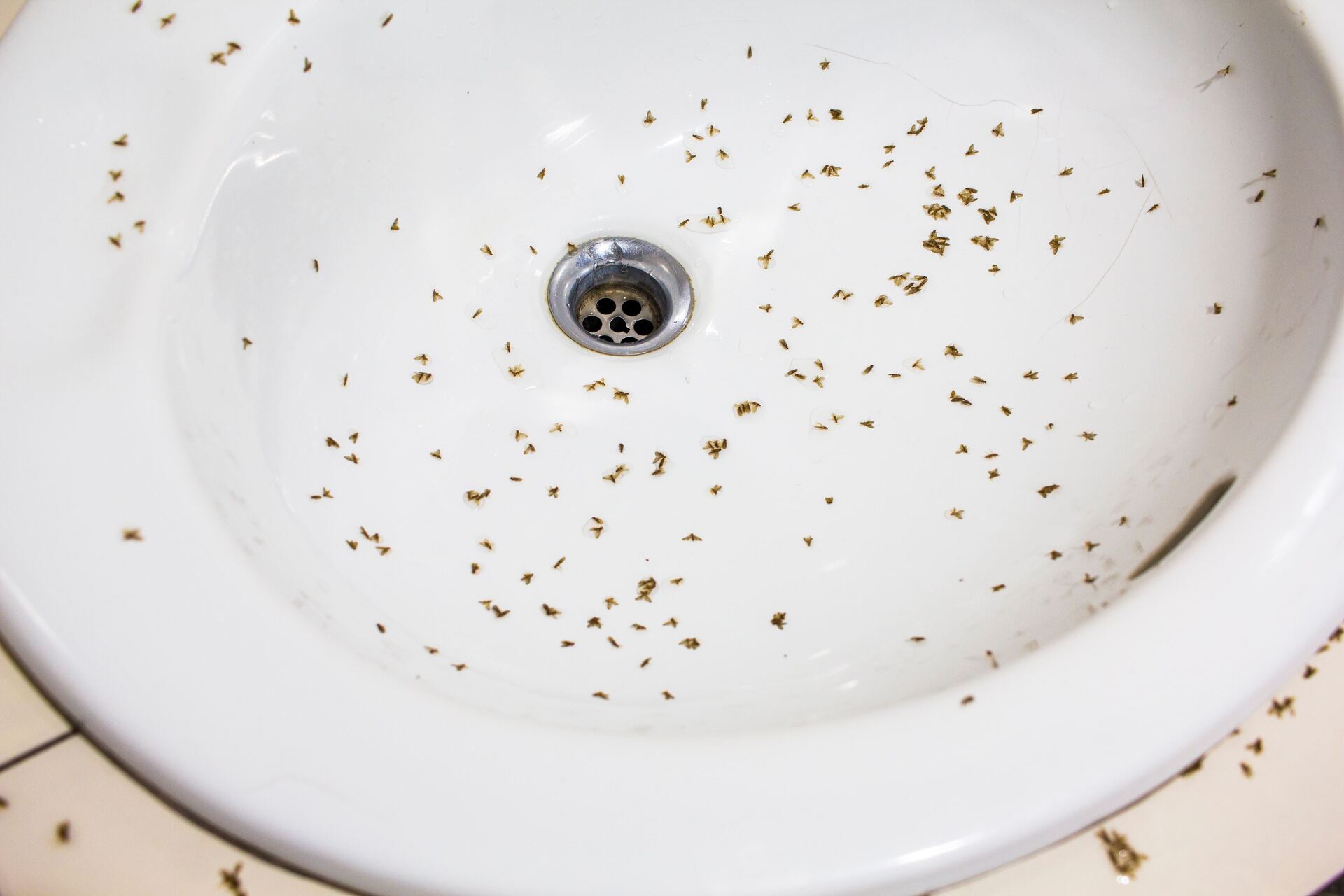
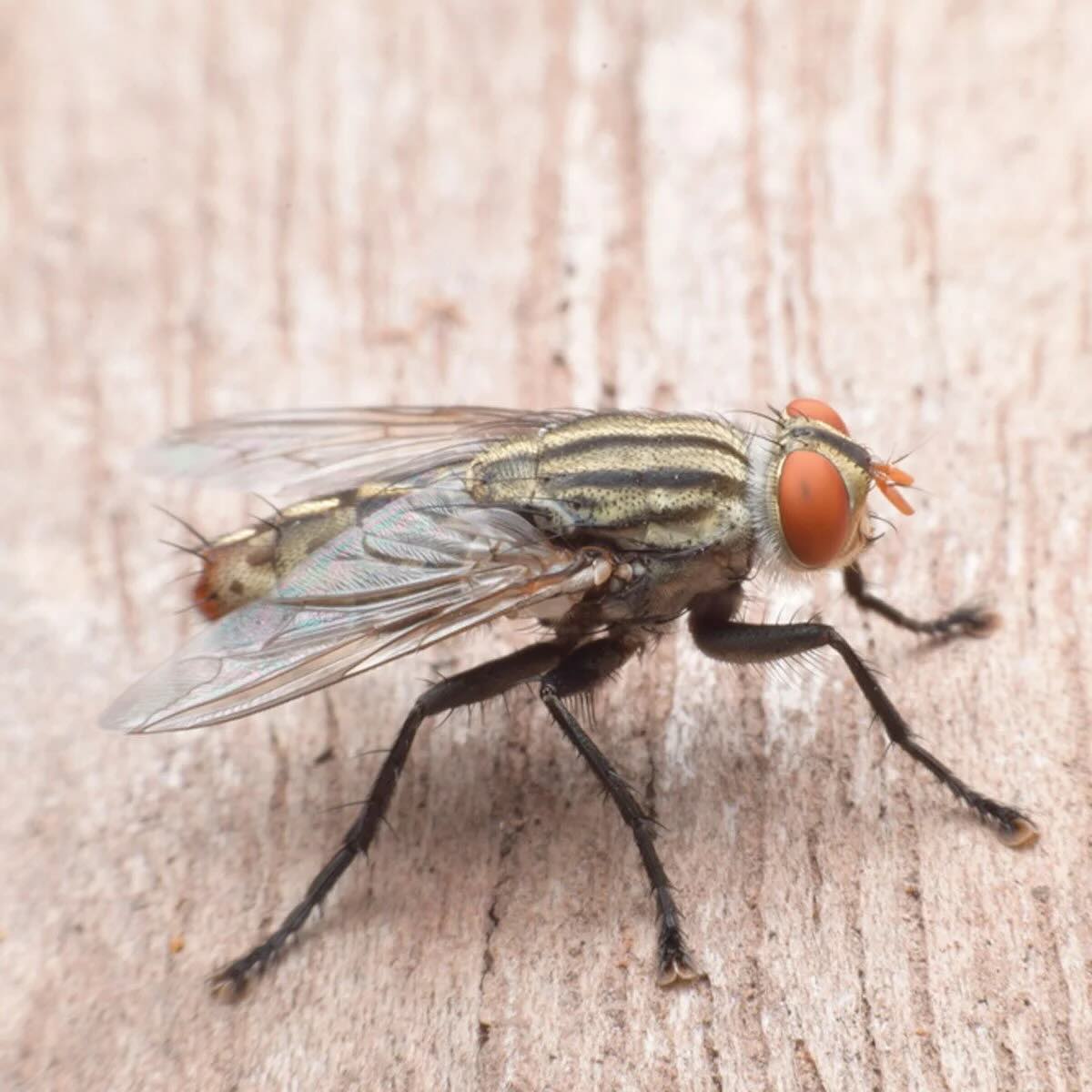
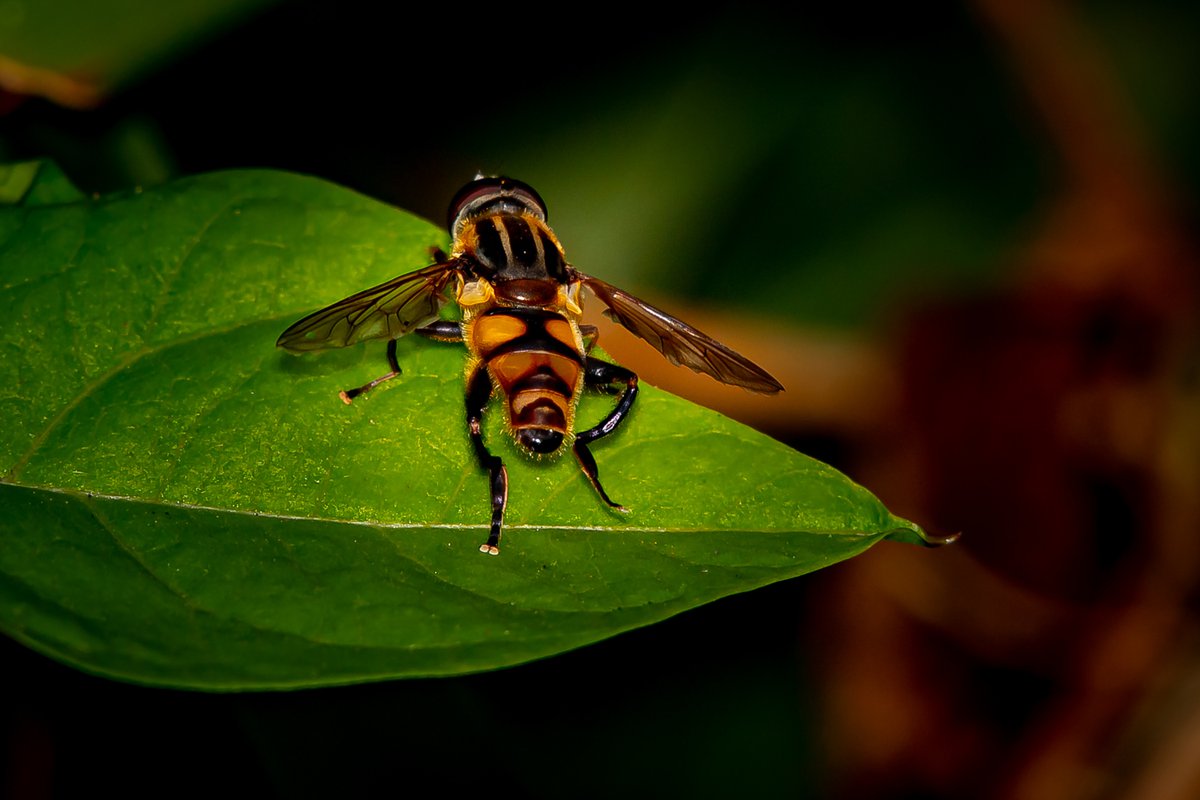
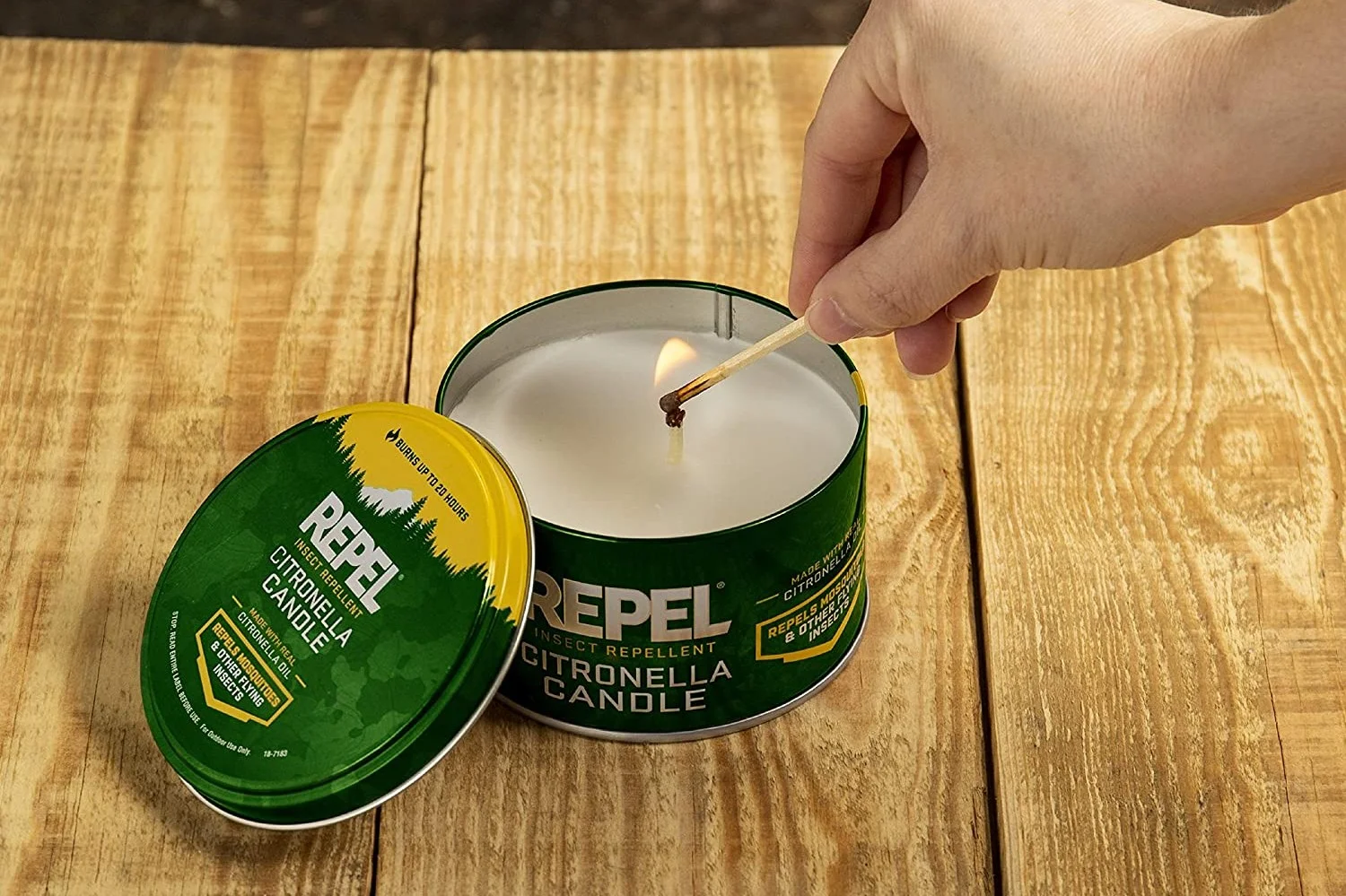
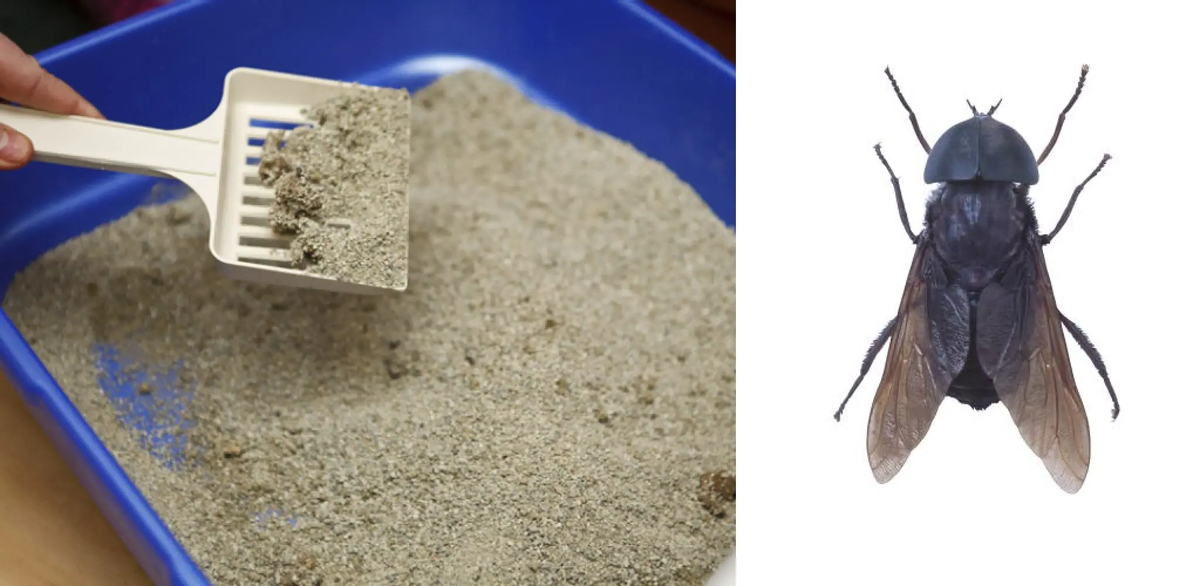
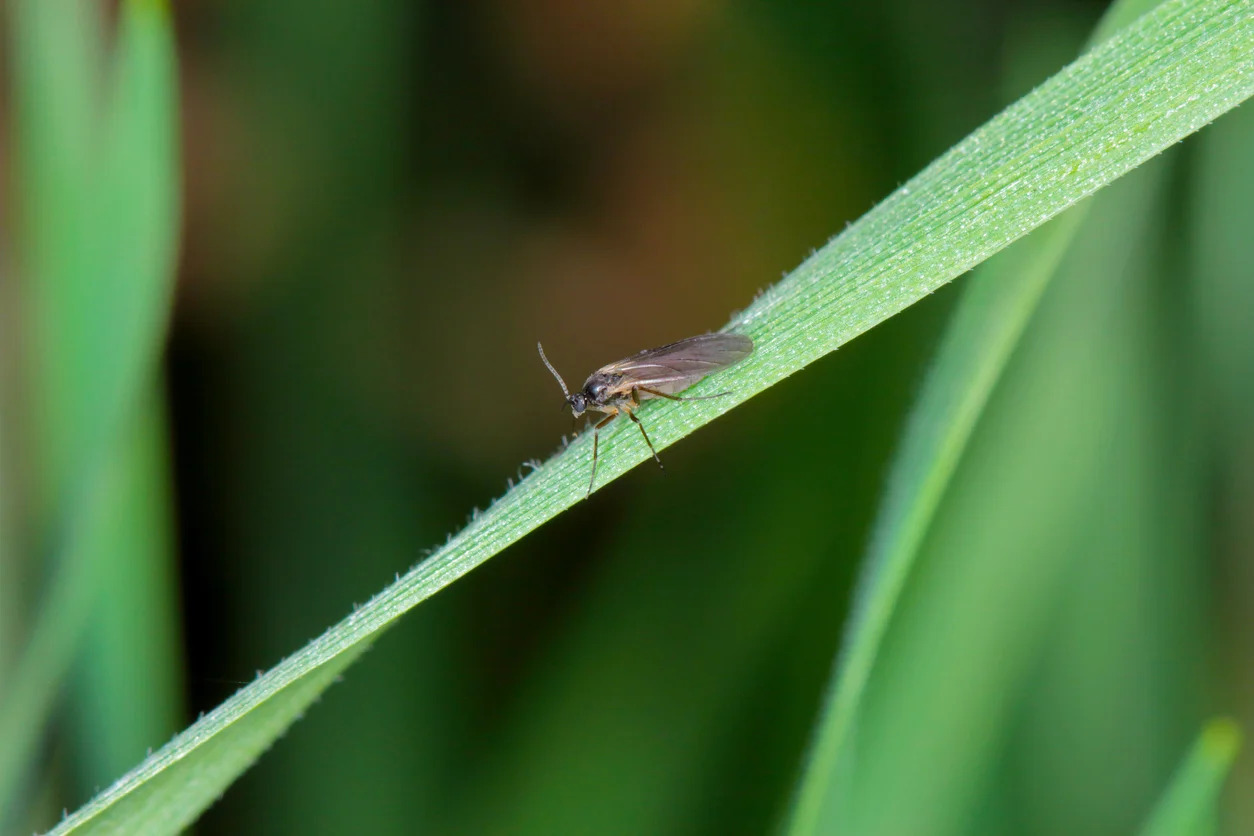
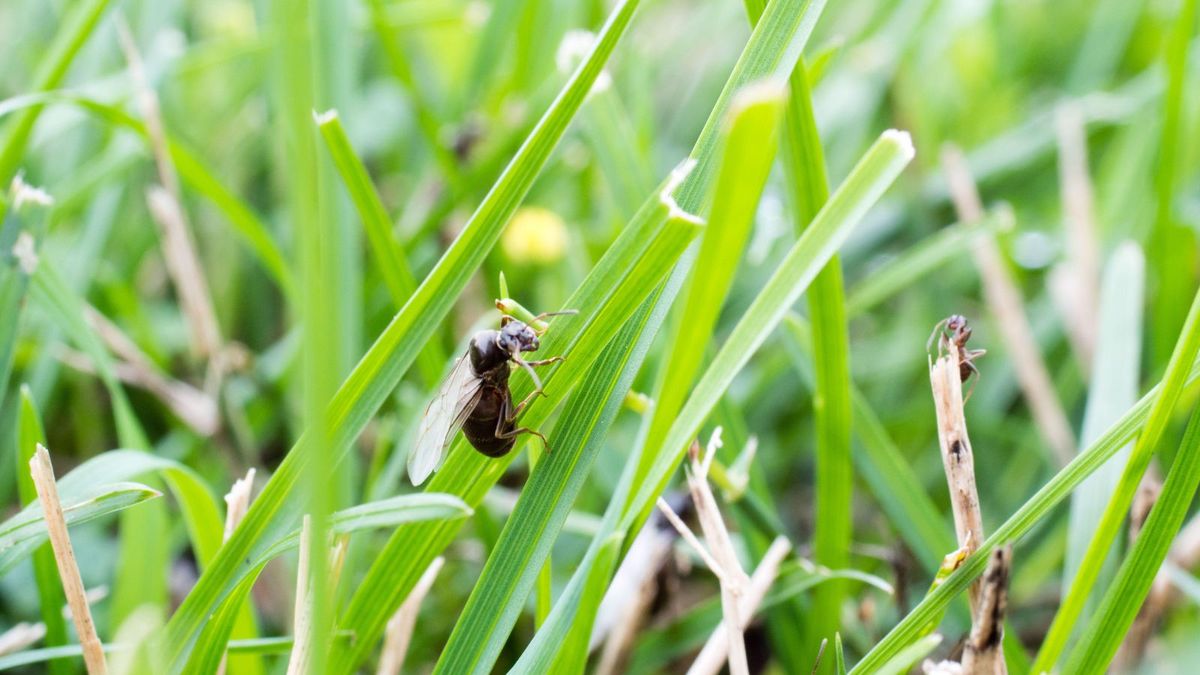
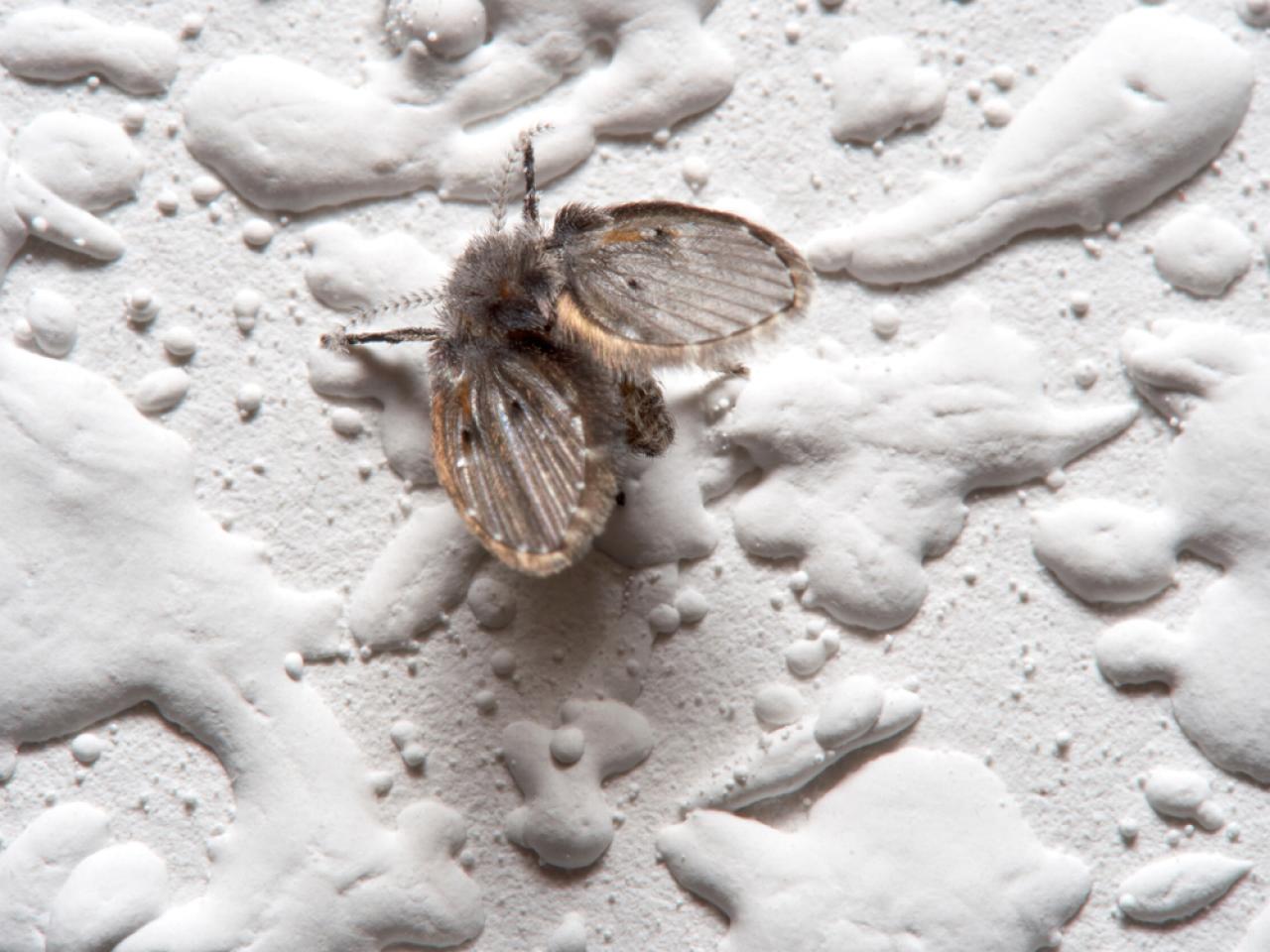

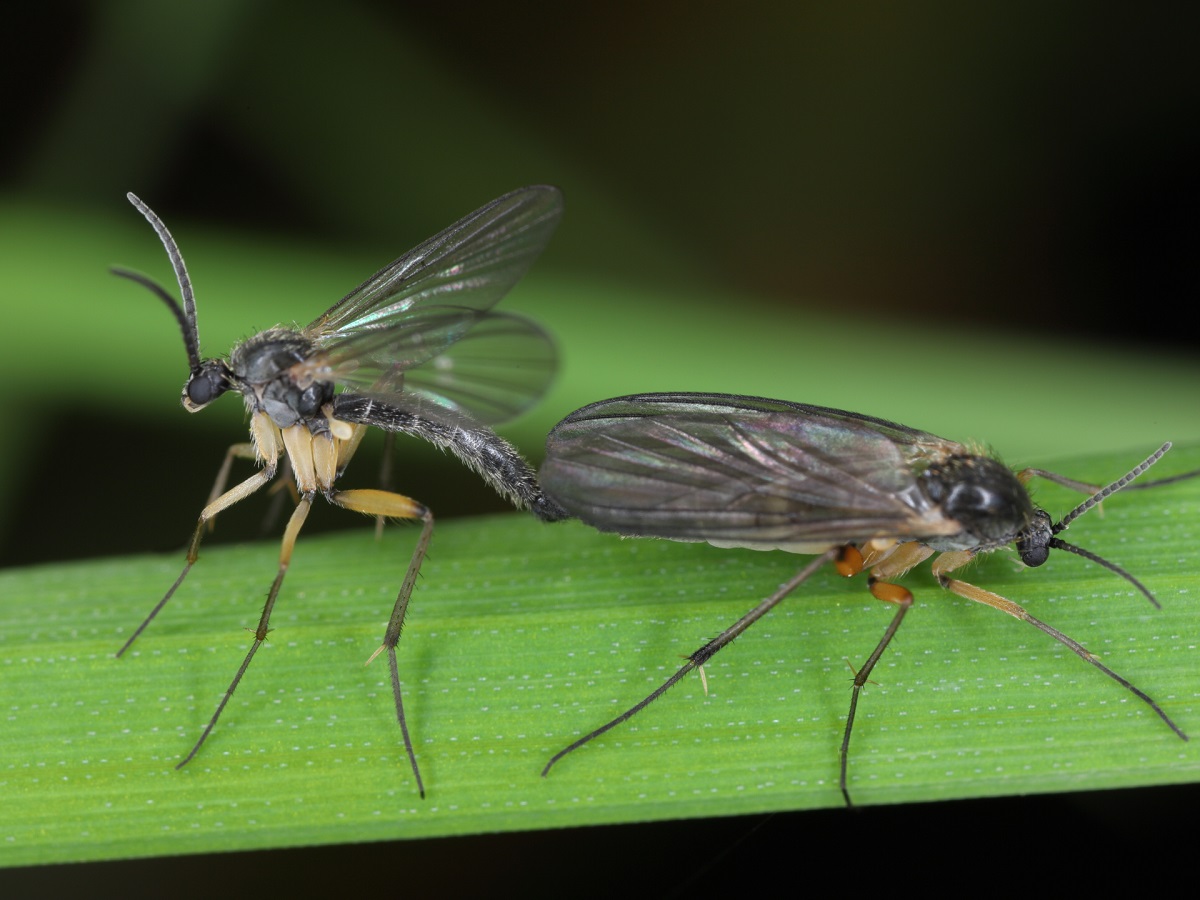

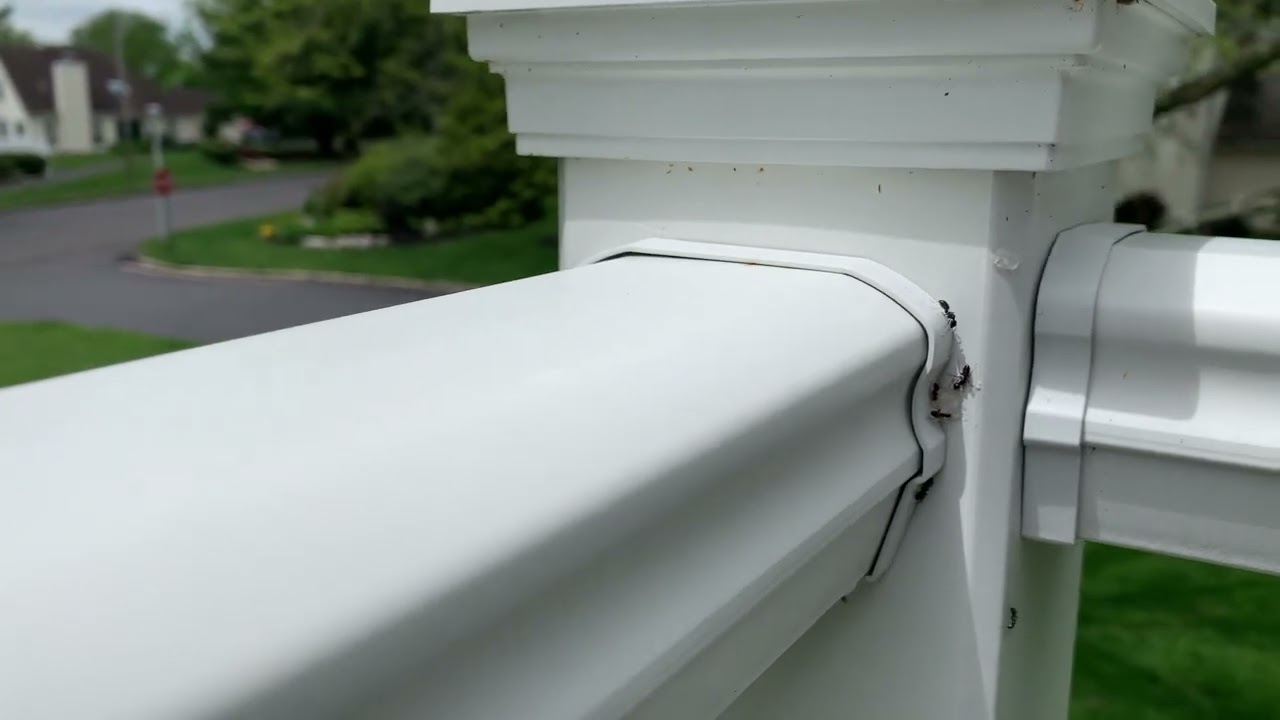
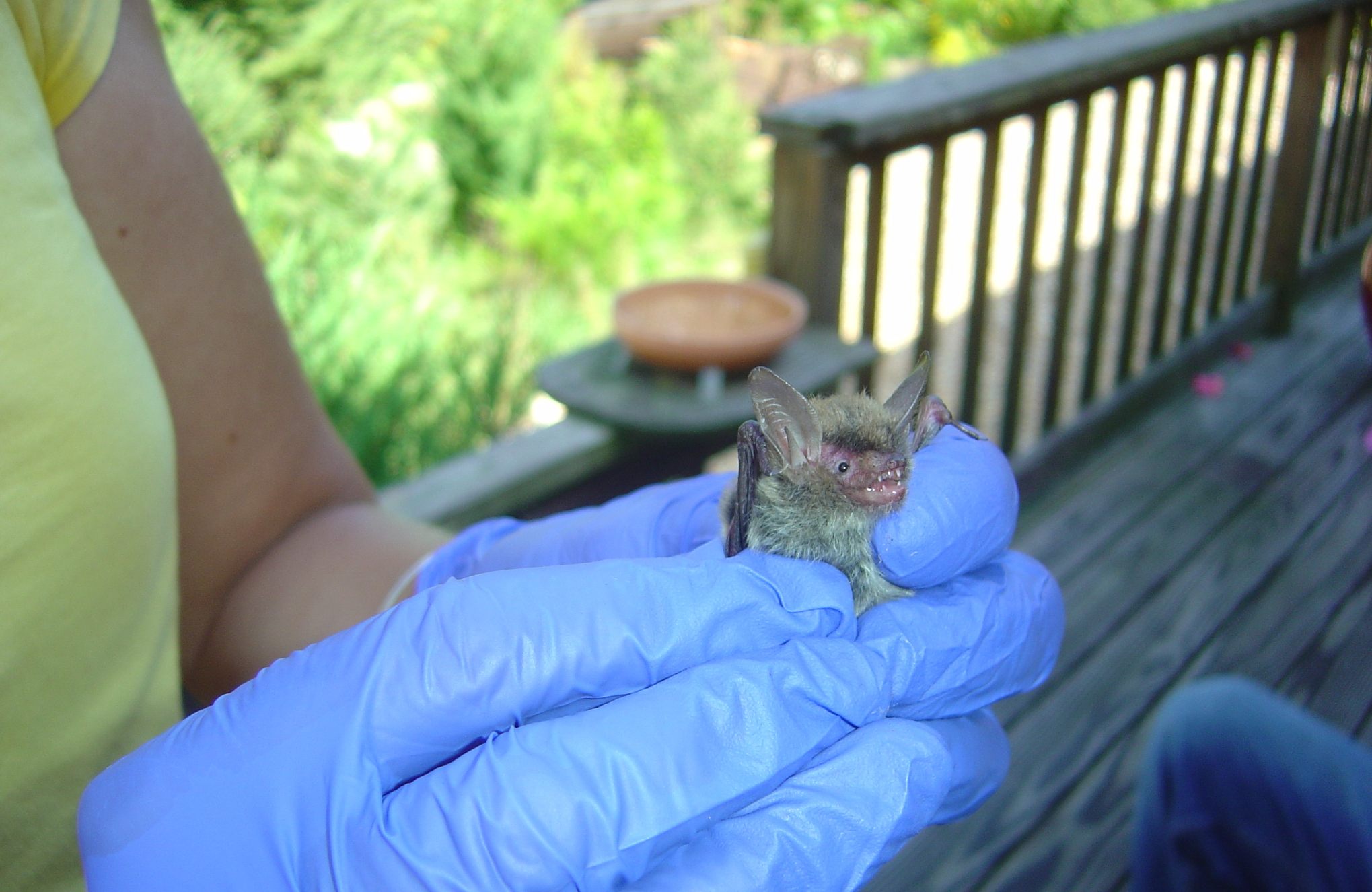
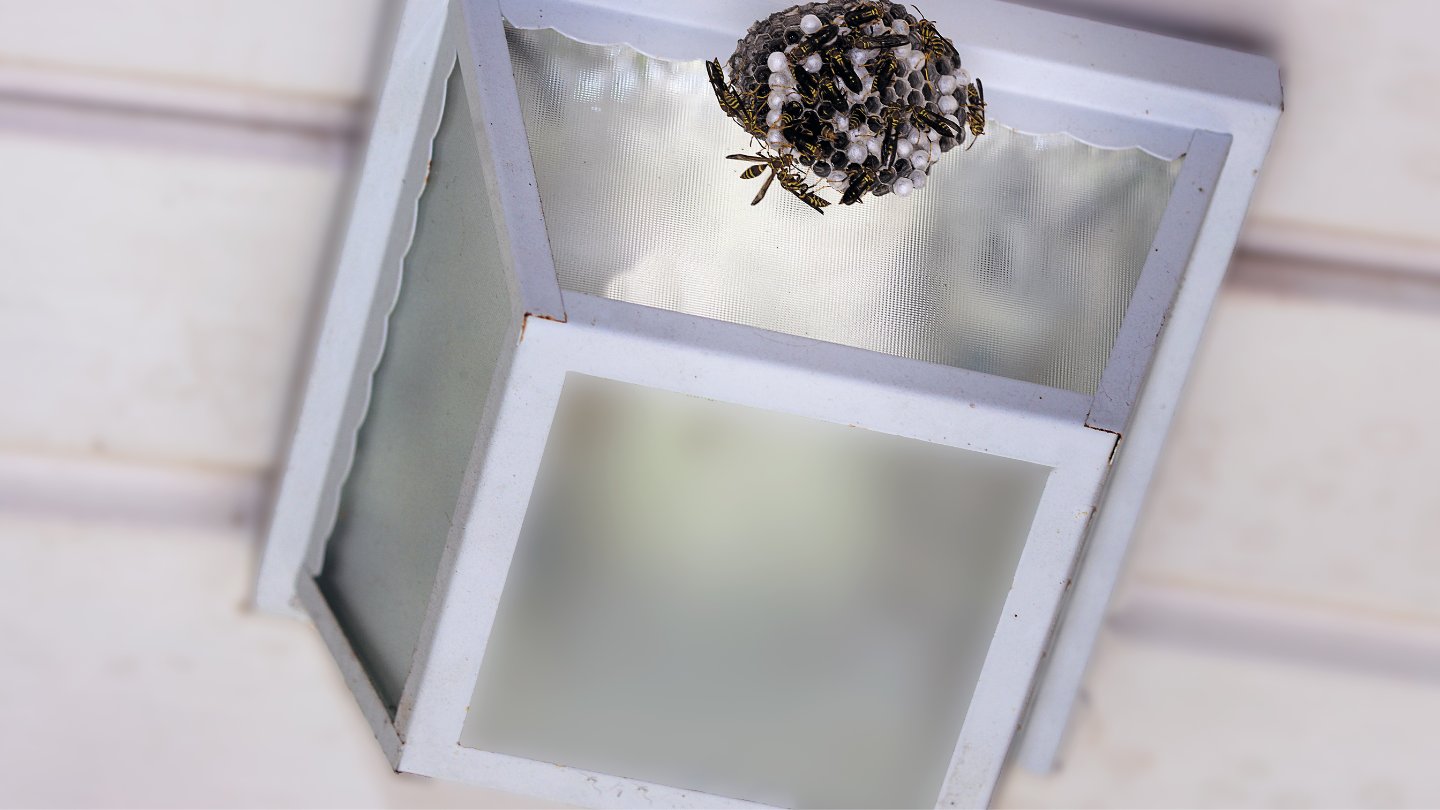

0 thoughts on “How To Get Rid Of Flies On Porch”